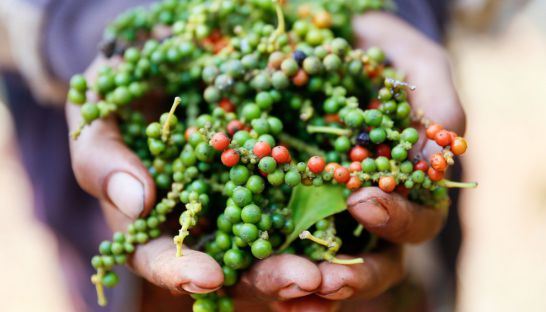Rubber exports bounce higher
Rubber exports bounce higher
Cambodian rubber exports surged 37 percent during the first half of the year, compared to the same period in 2016, as the Kingdom’s rising harvest capacity coincided with firmer global demand for rubber products.

Local producers exported 70,000 tonnes of rubber during the first six months of 2017, compared to 51,000 tonnes during the same period a year earlier, an agriculture official said yesterday.
Pol Sopha, general director of the Rubber Department at the Ministry of Agriculture, said prices also improved during the first six months of the year, with the median export price on natural rubber rising 76 percent year-on-year to $1,771 per tonne. He said the improved prices should help plantation owners and farmers offset some of their losses from recent years, when prices nosedived on slower demand and a glut in world supply.
“The price of rubber has already surpassed the break-even point, but it’s still not high enough to generate a net profit for the losses [that local producers] suffered during the rubber crisis a few years’ back,” he said.
However, he said the World Bank has predicted that rubber prices will settle between $2,000 and $2,300 per tonne from now until 2023, which would ensure the sector’s profitability.
Sopha said the volume of Cambodian rubber exports is continuing to grow as trees planted years ago mature, increasing supply while international demand continues to grow and drive prices up. He said the total cultivated area of rubber in the Kingdom has now topped 434,000 hectares, with 162,000 hectares of mature trees.
“Rubber cultivation has almost achieved our target [of 500,000 hectares],” he said, adding that the sector needs to shift toward producing finished products instead of just exporting raw materials in order to realise more added value.
Men Sopheak, secretary-general of the Association for Rubber Development of Cambodia, said stronger world prices on rubber were allowing farmers to make a profit, but it would take time to recover losses sustained from several years of depressed prices, which saw the market bottom out at $1,050 per tonne in March 2016.
“The current price of rubber is satisfactory for farmers, but we [investors] are still not satisfied as we’ve pumped millions of dollars and had to sell at below cost for years,” he said.
Sopheak said rubber producers had struggled during the lean years, burdened by low prices, export taxes, labour costs and production line expenses.
“It really made us exhausted and less motivated to continue,” he said, adding that many investors packed up and called it quits.
Smallholder rubber producers are also satisfied with current prices, but have expressed anxiety over volatility.
“The price is still not stable, though now it’s not fluctuating as much,” said Thy Sambo, president of the Tbong Khmum Family Rubber Development Association, whose organisation represents smallholder rubber farmers in Tbong Khmum province.
“For smallholder rubber producers the current price is sufficient, but for those farmers who hire workers to collect the latex it is still a bit difficult to generate a profit.”














